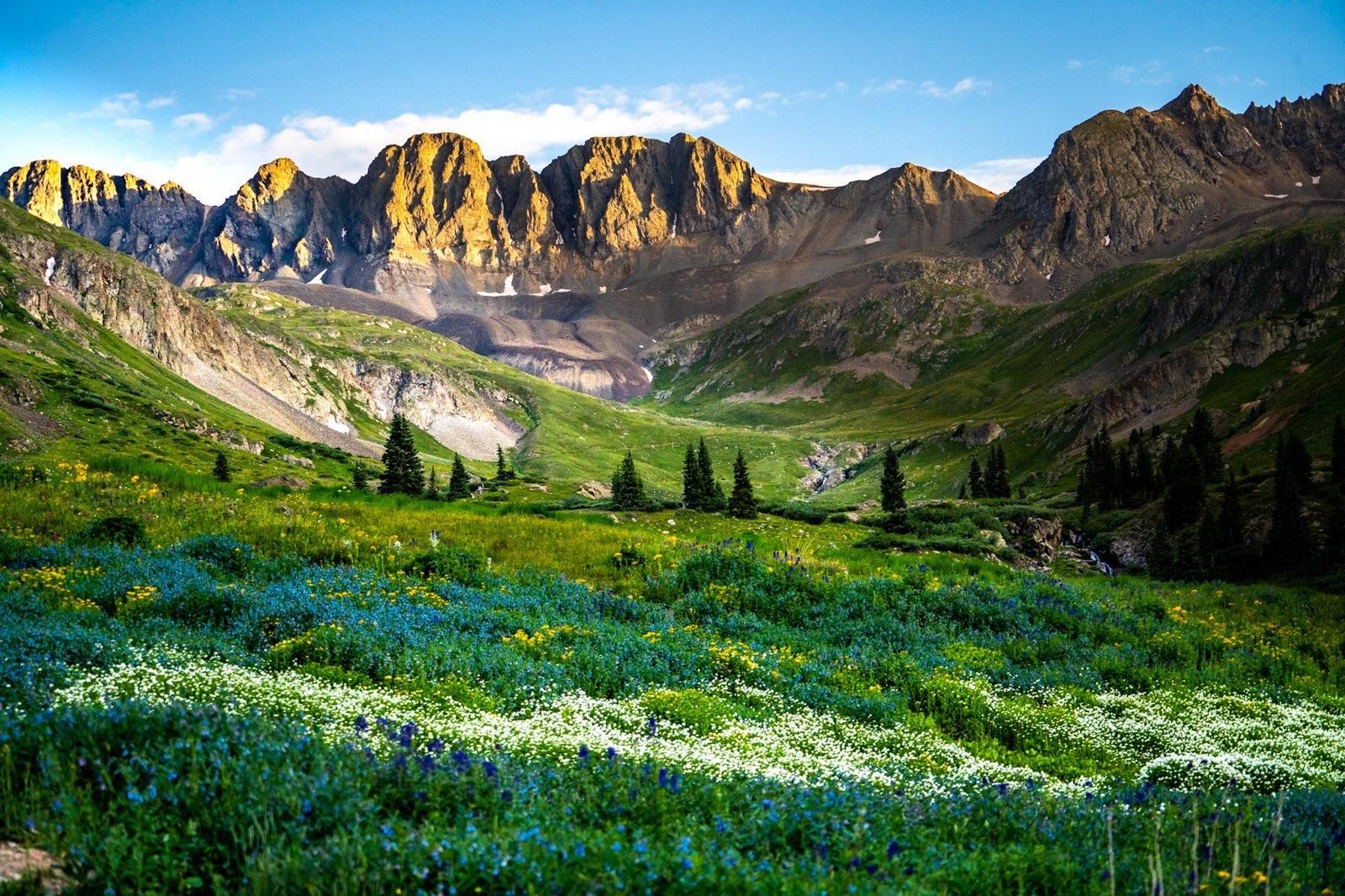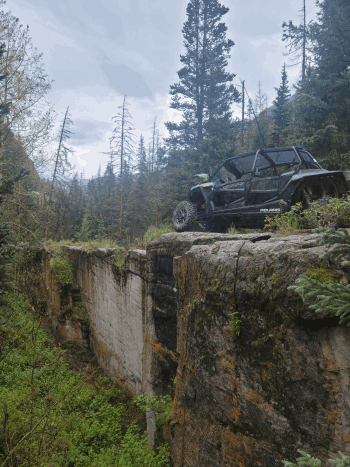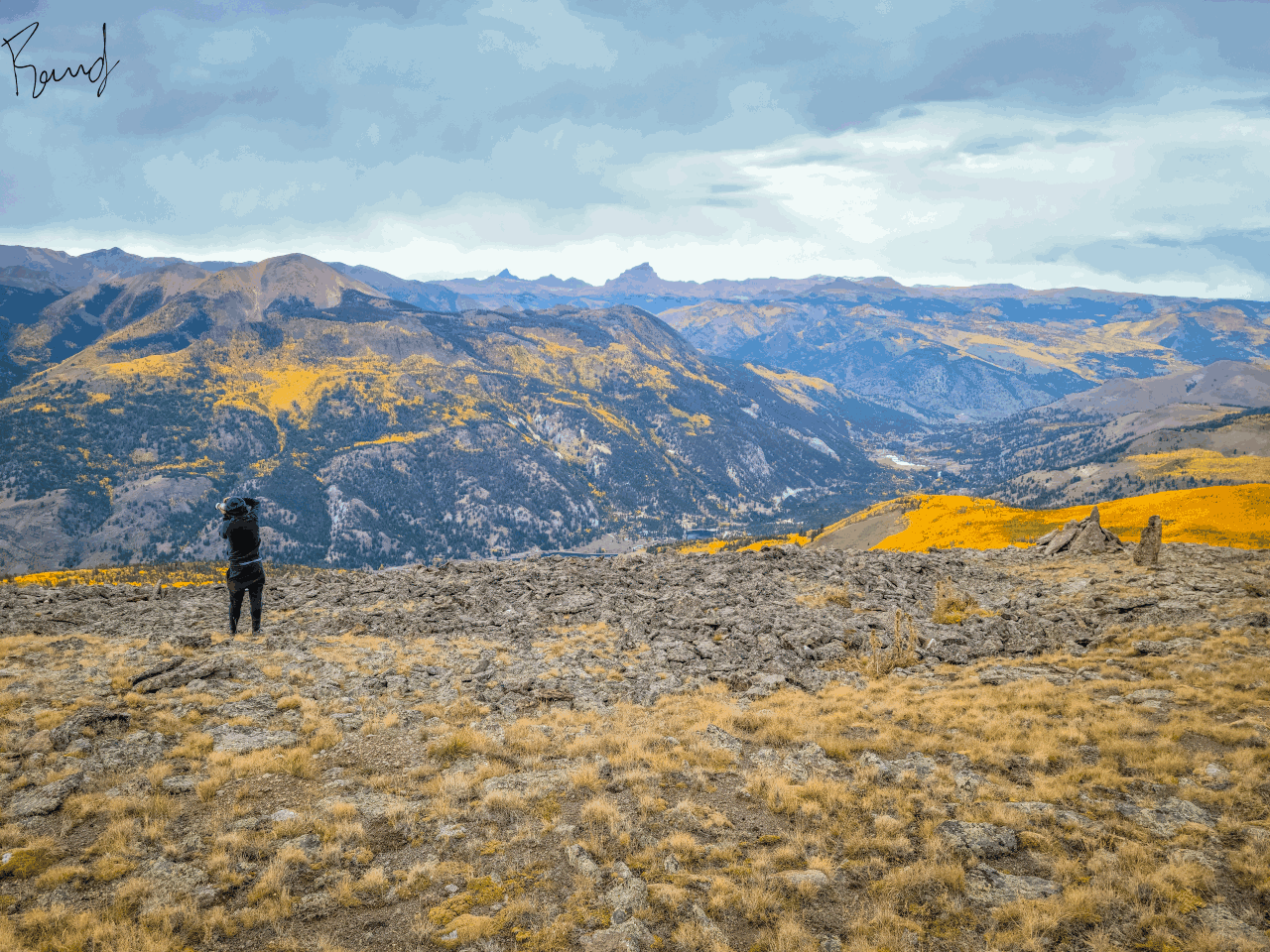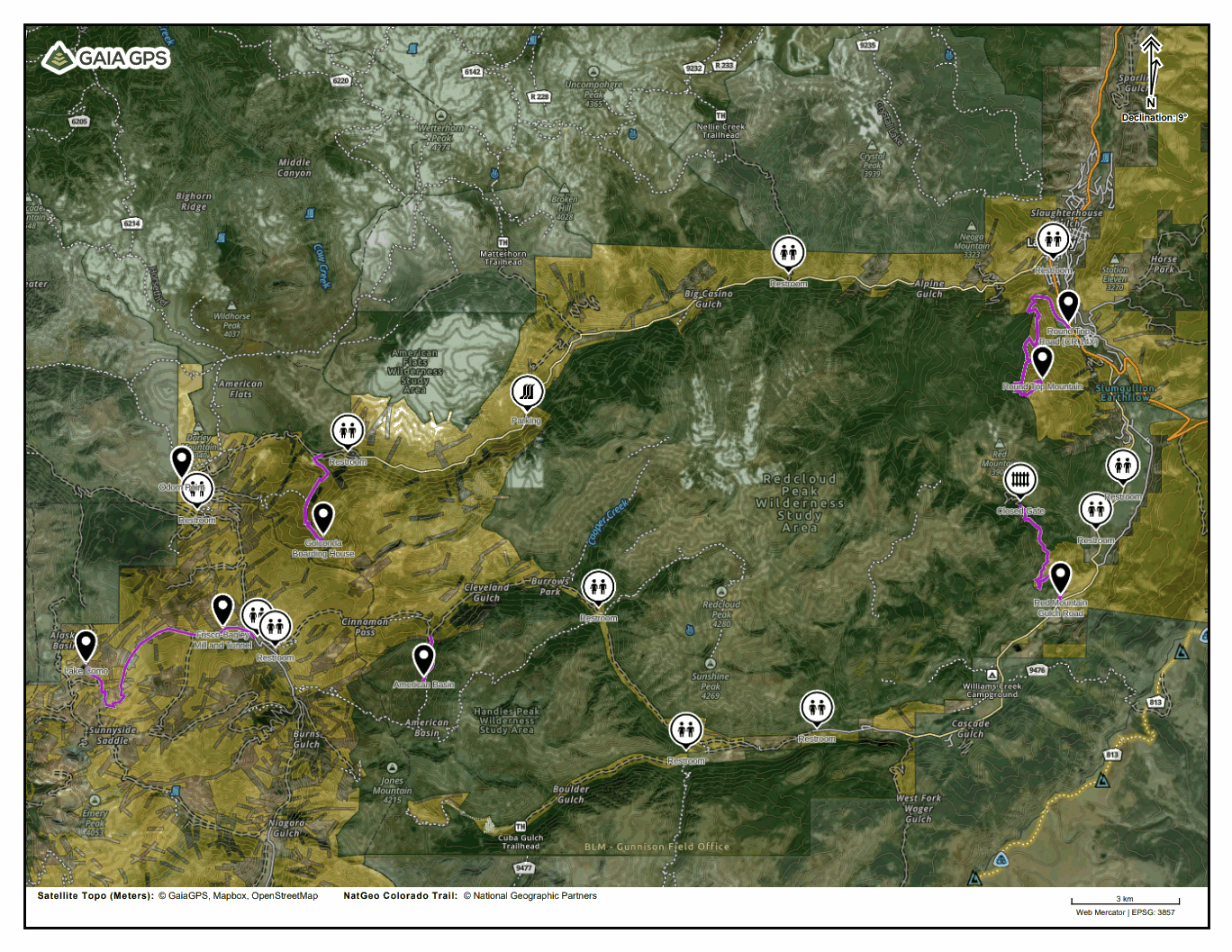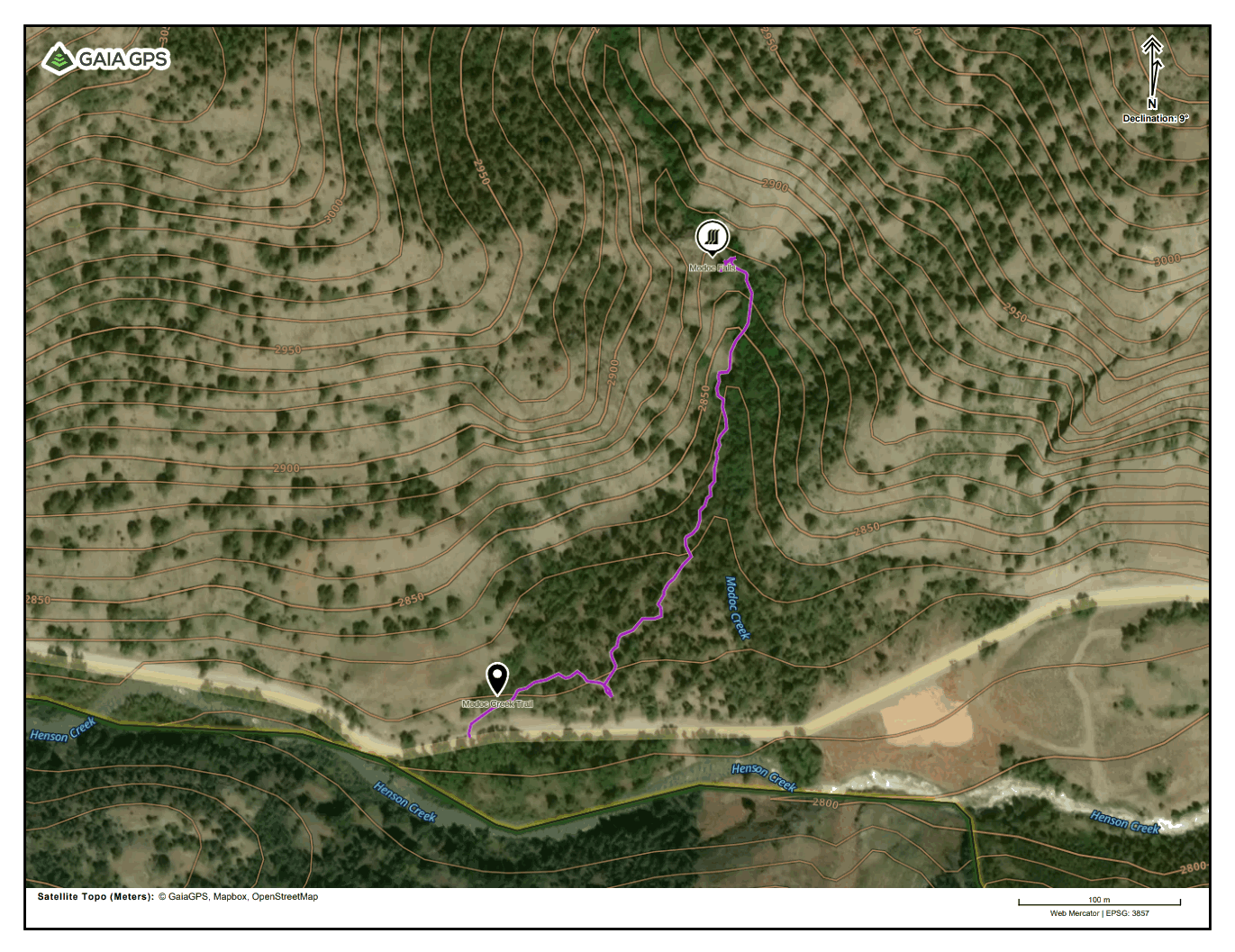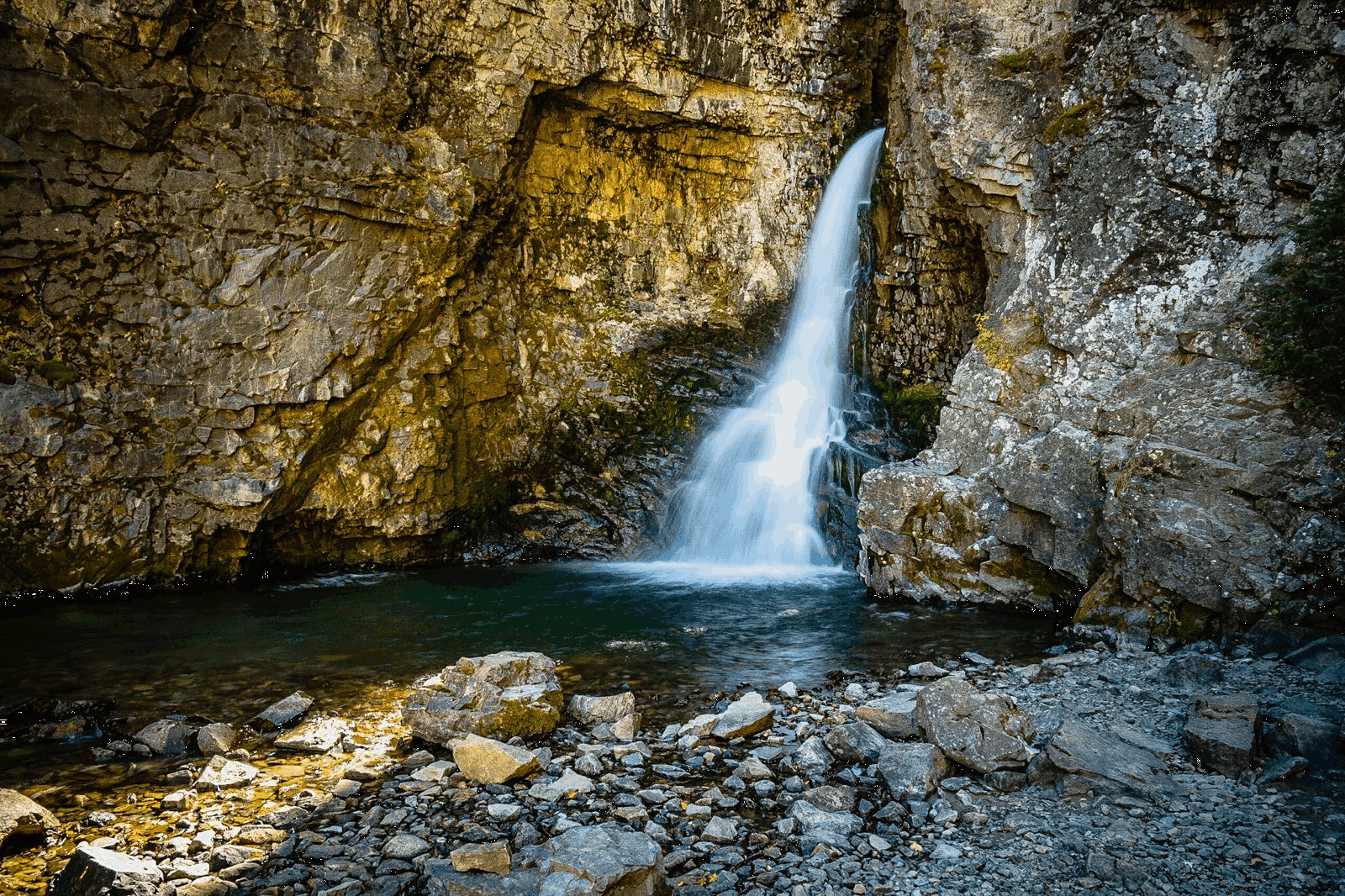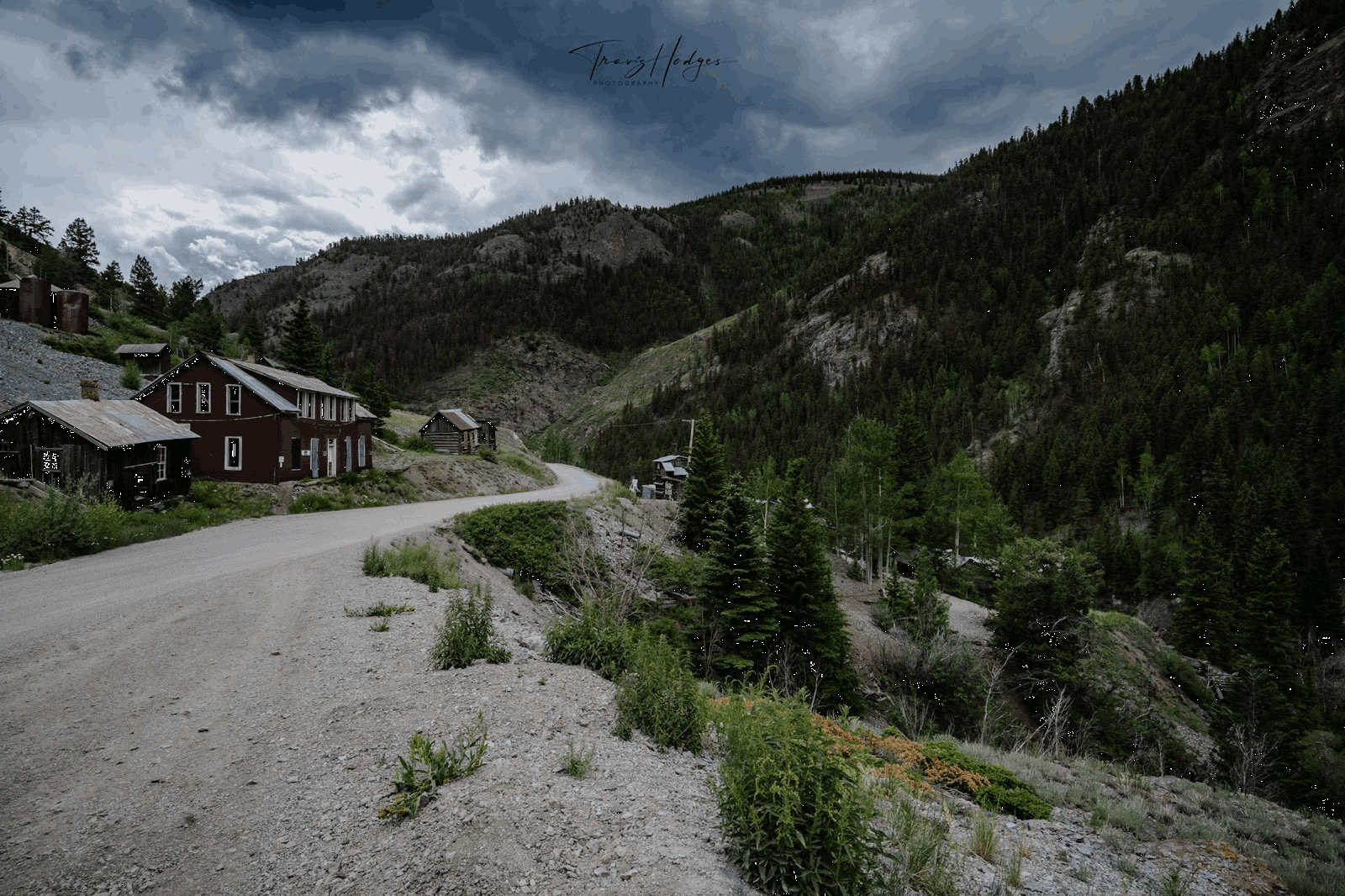The Alpine Loop is a scenic drive in Lake City, Colorado that offers stunning views of the surrounding San Juan Mountains. It is a 52-mile loop that traverses some of the most beautiful and rugged terrain in the state, including high mountain passes, alpine lakes, and historic mining towns. The Alpine Loop starts and ends in Lake City, a small mountain town in southwest Colorado. From there, it heads west on County Road 20 towards Engineer Pass, which reaches an elevation of 12,800 feet. This stretch of road offers stunning views of the San Juan Mountains, including the Wetterhorn and Uncompahgre Peaks. After crossing Engineer Pass, the Alpine Loop continues south on County Road 2 towards the historic mining town of Animas Forks. This section of road is very rough and requires a high-clearance, four-wheel-drive vehicle. Animas Forks is a ghost town that was once a bustling mining community in the late 1800s. From Animas Forks, the Alpine Loop continues east on County Road 5 towards Cinnamon Pass, which reaches an elevation of 12,640 feet. This stretch of road is also very rugged and requires a high-clearance, four-wheel-drive vehicle. The views from Cinnamon Pass are spectacular, with views of the surrounding mountains and valleys. After crossing Cinnamon Pass, the Alpine Loop heads east on County Road 30 towards Lake City. This section of the road is a bit easier and offers more gentle terrain. Along the way, you'll pass by several alpine lakes and have stunning views of the mountains.
